ABBA Voyage concert review
SDE attends the opening night
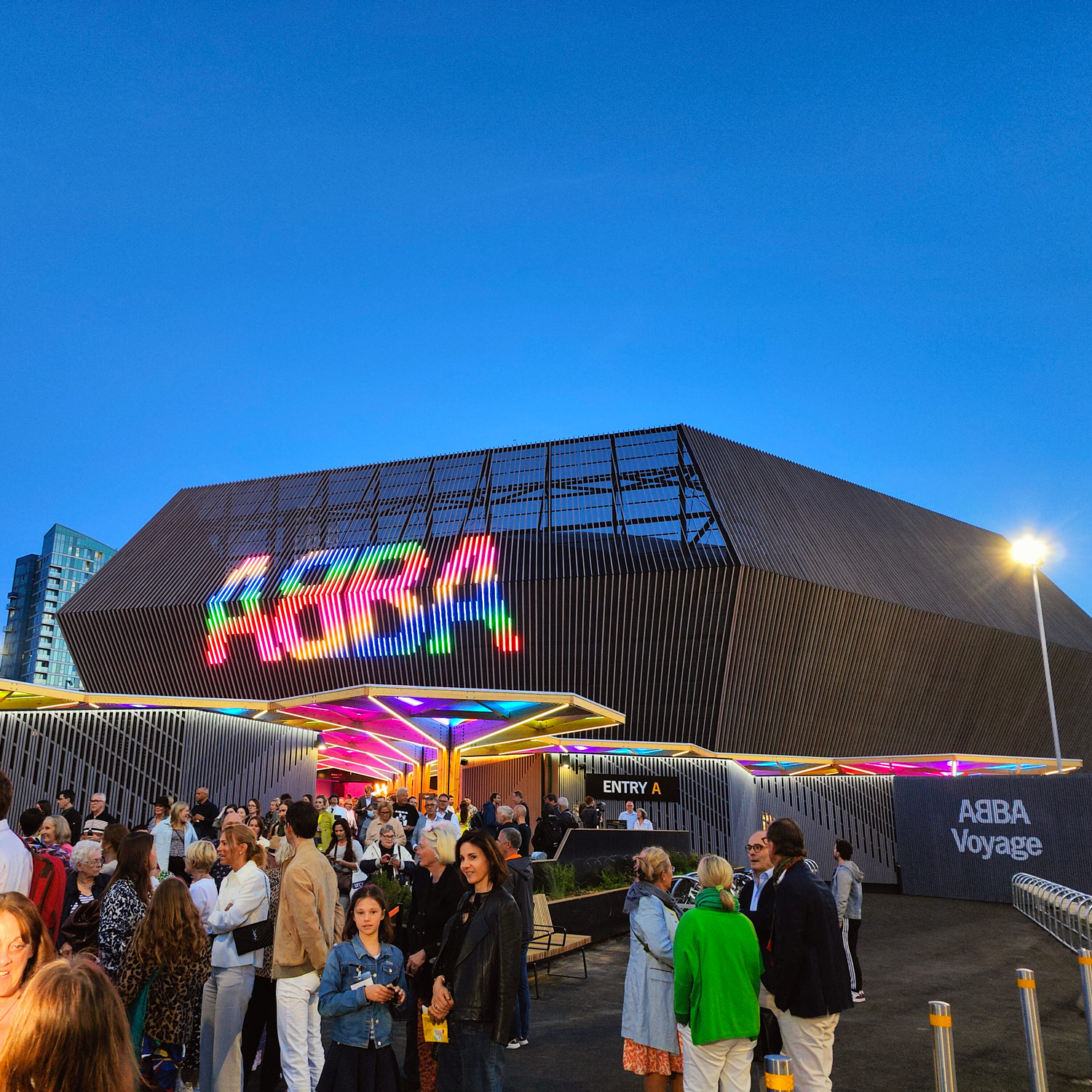
Warning: In case it’s not obvious, this review contains spoilers about the ABBA Voyage live show!
It has been interesting to watch ABBA build their brand over the years and decades. After the group went their separate ways in 1982, the marketplace slowly became flooded with cheap-looking compilations with names like ‘Golden Hits’, ‘The Story of ABBA’, ‘Hits Hits Hits’, ‘Absolute ABBA’ and similar. The last thing the individual band members were worrying about at that time was ABBA’s legacy (busy as they were with their various projects, like Benny and Bjorn’s musical Chess, created with Tim Rice) and so there was little in the way checks and balances when it came to any kind of ‘strategy’ with the group’s recorded output. If you were willing to write a cheque, it seemed as if anyone could license ABBA’s hits for a compilation. Too much product, poorly presented, put ABBA in rather a bad light. That shoddy compilation on the shelf in Woolies screamed ‘bargain basement’ which was not a good look..
Change came about in the early 1990s, after Polygram acquired Polar Music. Polar was a tiny Swedish label founded by Stig Anderson and Bengt Bernhag in 1963. They had hit the big time with ABBA and the band’s global popularity, but being a tiny label with no international experience, their (sensible) model was to license the release of ABBA’s albums out to other labels around the world. Polar were guilty of licensing out the studio recordings for those post-split compilations, but the licenses were eventually allowed to expire in the early 1990s to clear the decks for the one compilation to rule them all: ABBA Gold.
The executives at Polygram recognised that a single CD collection, containing all the hits, simply – and professionally – packaged, had strength and appeal. It didn’t hurt that the tide was also turning in terms of people’s perception of ABBA. Erasure had a number one single in the UK in the summer of 1992 with their ‘Abba-esque’ EP (issued three months before ABBA Gold) and in 1994 two films (P.J. Hogan’s comedy-drama Muriel’s Wedding and Stephan Elliott’s The Adventures of Priscilla, Queen of the Desert) enjoyed international success while making significant use of ABBA’s music. As the US embraced Grunge and the UK was gearing up for Britpop, it would be an exaggeration to say that ABBA were cool again, but it was no longer socially unacceptable to say that, hey, you quite liked ABBA and to point out that Benny Andersson and Bjorn Ulvaeus knew how to write a pop song.
It was the 1999 musical Mamma Mia that took everything to the next level. Nearly a quarter of a century later, the so-called jukebox musical is still running in the West End of London and has played in more than 50 countries around the world. It spawned two films, the first of which is thirteenth highest-grossing movie of all time at the UK box office! Mamma Mia has generated literally billions of dollars of revenue. ABBA were not only popular they were now a money-making industry.
The four members must have been delighted with this success, but they were well aware that there was one significant problem. As we moved into the new millennium, the now ABBA-hungry general public were getting very used to seeing their heroes, the artists they loved in the 1970s, play live. The likes of Paul McCartney, The Who, Elton John and The Rolling Stones were more than happy to charge top dollar to play stadiums and arenas around he world and transport fans back in time for a big nostalgia trip (plus a few tracks from ‘the new album’ of course…). Even Queen – who like ABBA have undertaken some significant brand-building in the last 20 years – have managed to put on sellout live shows, and that’s without their frontman, Freddie Mercury!
However, ABBA were adamant. They had, and still have, no interest in playing live again. What many people may not realise is that even in their heyday ABBA toured relatively infrequently. Remarkably, given the level of their success in Britain (they topped the UK singles chart nine times), between winning the Eurovision Song Contest in 1974 and calling it a day in 1982 they only played live to a paying audience 15 times in the UK! This was largely because they considered themselves a studio band, and the promotional video became their preferred way to get in front of the record-buying public. There were practical matters too; Agnetha, in particular, did not enjoy the challenge of touring while bringing up small children. 45 years from their heyday, all four members are in their Seventies and have concluded that no one wants, or needs, to see ‘old ABBA’ on stage, least of all them!
Of course, that didn’t stop the demand; the pleas from the fans, and offers from promoters, to reform and tour. So around six years ago, the idea was touted that some kind of live show might be possible without needing the the band members to be there in person. Instead, ABBA ‘avatars’ – some kind of digital version of the group – could perform their songs on stage in front of a live audience. ABBA weren’t entirely convinced – they thought the idea was “extremely vague and imprecisely described” – but admitted that it came with a “strong urge to pursue [the idea] and to see where it would lead”.
While artists had been represented as holograms in the past (American rapper Tupac Shakur appeared in this form a decade ago at the 2012 Coachella festival, 16 years after his death) what became known as the ‘ABBAtars’ would not be holograms; they would go way beyond that. ABBAtars would be highly detailed, digital recreations of Benny, Bjorn, Agnetha and Frida, rendered in three dimensions and brought to life by precise control over the lighting and the environment. The challenges were enormous; the biggest one being that the technology didn’t exist and it soon became clear that this was not a show that could be presented in existing venues. ABBA Voyage would require a purpose-built arena – people would have to travel to this one venue to experience the magic.
There was much research and development and producers Ludvig Andersson (Benny’s son) and Svana Gisla (not Benny’s son) brought in Industrial Light and Magic, the motion picture visual effects company founded by George Lucas in the 1970s, to work on the project. This eventually resulted in 100 “magicians” and “brilliant scientists” from the company spending five weeks in Stockholm working directly with the four members of ABBA to bring the ABBAtars to life via motion capture suits and other associated technologies. £140m has reportedly been spent on this project. Could they do it or would the ABBA gravy train come to a grinding halt and pull into the sidings at a station called White Elephant (and Castle). The risks were enormous.
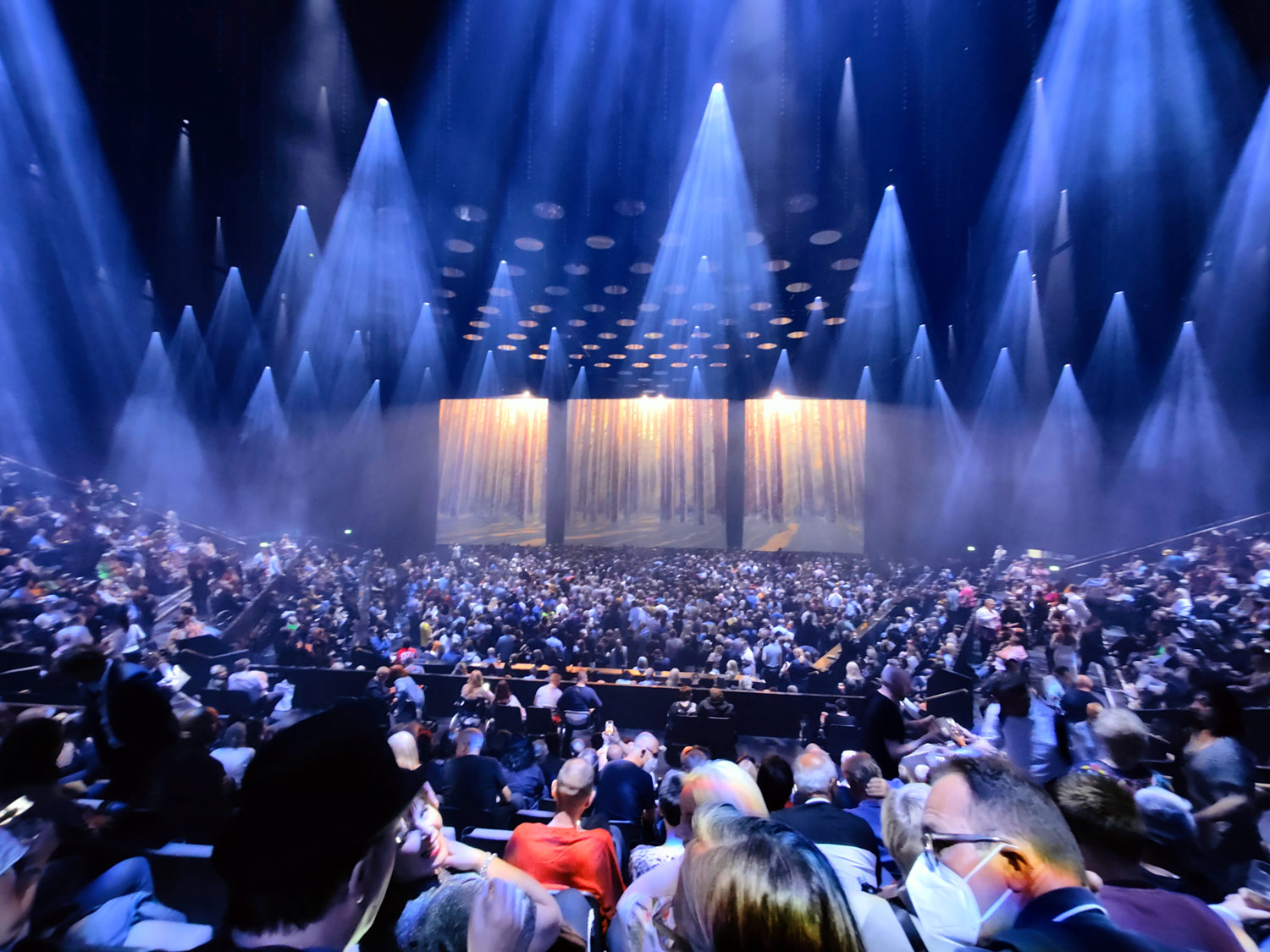
I attended the first public performance of ABBA Voyage at the end of last week and can report that it is a truly spectacular evening that absolutely delivers as a stunning live spectacle. The ABBAtars are staggeringly good, confirmed by the reaction in the crowd which included incredulous, involuntary gasping, thunderous applause, a lot of screaming, tears, people looking at their partners or companions and laughing with ‘can-you-believe-what-we-are-seeing?’ excitement (the only other time I experienced this level of love-in-the-room was when the pixel-free Kate Bush walked on stage at Hammersmith Odeon in August 2014).
ABBA Voyage is like some kind of wonderland. For 90 minutes you believe the unbelievable. I was concerned that I might have to work hard to enjoy the evening, but actually the suspension of disbelief is easy. Why? Because ABBA in their prime are standing right in front of you. Your brain might be trying to tell you it’s not real, but your heart, your databank of emotions – love, joy, regret, sadness – are tripping on overload. The soundtrack to your life is there flashing before your eyes. The evening will move you both emotionally (take a hanky) and physically (take your dancing shoes).
The ABBAtars just look so real. Bjorn on the left with his guitar, Benny on the right with his piano and Agnetha and Frida in the middle. They move around each other, put their arms across the other’s shoulders. Hair flies in the air, skirts blow and flutter. It seems inconceivable – and ultimately becomes irrelevant – that we were witnessing images on a 65million pixel flat screen. I’m still not sure I believe it. When the show starts the lighting in the 3000-seat arena drops very low – but not so low that you can’t see the other people you are sitting amongst. This sense of a communal experience – laughing, singing and crying and dancing to ABBA with other people – was very important to producer Svana Gisla, and I can understand why. Total darkness is too isolating. It’s these kinds of details that make all the difference.
If you are thinking it all sounds a bit sterile, it isn’t. All the music is played totally live by the in-house band. Sometimes, they are highly visible towards the lefthand side of the stage, slightly below where the ABBAtars are situated, but then at other times the focus is completely on ABBA and the band are all but hidden away, like an orchestra in the pit at a West End musical. As for the vocals, these are sung by ABBA and so are not live, but they do sound like they have been newly-recorded – they haven’t just pulled out the multi-tracks to access the vocal stems. Maybe there’s some blending of new and old, it’s pretty hard to tell to be honest, but the main point here is that while they sound great and are accurate renditions of the songs you know and love, it’s not like someone’s popped a CD of ABBA Gold on, in the background.
The show is sequenced and structured very carefully. The build up and the start of the show is naturally very exciting and it delivers as the pulsing synths of the title track from 1981’s The Visitors (yay!) starts playing as beams of light silhouette the four members of the group. There’s also a massive screen that wraps around nearly half the walls of the arena which sometimes echoes the role of the screens that you might see at a traditional concert, showing you ‘close-ups’ of the ABBAtars on stage.
For a few songs, the ABBAtars aren’t present at all on stage, but rather we see video-style projections of them around the massive seamless screens. This first happens for the performance of ‘Knowing Me Knowing You’ and later for ‘Lay All Your Love On Me’ which sees the group in their ‘TRON’-style outfits (as seen on the packaging of some of the limited editions of the ABBA Voyage album last year). At first, I was slightly disappointed and thought this was a bit of a cop out – we’ve paid to see the ABBAtars after all – but I reflected later that this was actually a canny move. The producers, and director Baillie Walsh, effectively drip-feed the ‘magic’ of seeing those ABBBtars ‘in the flesh’. Controlling the pacing and turning the tap on and off, to make sure we don’t get bored looking at them. It’s an interesting thing to consider. Neil Tennant (or was it Chris Lowe?) of the Pet Shop Boys once said that the most exciting thing about a concert was when the act first walks on stage and after that, it’s all down hill. He has a point, to a degree. There’s a reason Pink Floyd used all those lasers in the 1990s and U2 and Roger Waters make use of spectacular visual effects these days – just looking at four people on stage, even if they are amazing ABBAtars, might get dull for the duration. Hearing the songs performed live is important, but so is visual stimulation and ABBA have always been a visual band, with their memorable and iconic promo videos.
So every now and again, a song is accompanied by animation (‘Eagle’ and ‘Voulez-Vous’ for example) or having the ABBAtars on the big screen rather than actual size “on stage” (reminder: it’s all a screen!). There is a breathtaking moment between ‘Lay All Your Love On Me’ and ‘Summer Night City’ which sees a transition between big screen video and band-on-stage that rather messes with your mind.
The producers also respect the ‘reality’ of the performers on stage (I’m talking about the ABBAtars). So for instance, after a brilliant ‘Dancing Queen’ leads straight into the show-closing ‘The Winner Takes It All’, the band are all still wearing the same outfits, because that’s exactly how it would be in real life, if there was no opportunity to change. The animations/projections, as described above, also help to that end, allowing the performers time to change costumes ‘off stage’ (there is a knowing joke about this during the show) making sense of their new garb when we see them again. Clever stuff, since while the technology could support costumes changing at a click of a button in front of your eyes, that would shatter the suspension of disbelief.
The show is brilliant in terms of lighting and effects. We are rarely sitting there in the arena simply looking through empty space at four figures on stage. There’s all sorts of textures and layers in the room which lift the experience and no doubt have a part to play in enhancing the appearance of the ABBAtars. There’s dry ice-style glowing columns, warm sparkly light beads and the like, and after a while you struggle to establish what’s real and what isn’t.
Negatives? There’s a few things where you just shrug and go with it. ‘Young’ ABBA singing ‘Don’t Shut Me Down’ and ‘I Still Have Faith In You’ doesn’t make any sense, but because those songs happen to sound like lost ABBA classics in the first place, they get away with it. The massive screens, which ‘film’ and project the ABBAtars as they perform, occasionally make ABBA look less ‘real’ than the figures we can see directly ‘on stage’, although this does vary. I thought when the band were wearing very sparkly, sequinned outfits for ‘I Still Have Faith In You’ they looked much better on the ‘big screens’ than for some of the earlier songs at the beginning. The good news is that the arena felt relatively intimate, rendering the screens inessential when the ABBAtars were performing and anyway, it’s hard to take your eyes off those figures standing right in front of you. I would love to return and see how the ABBAtars stand up to the scrutiny of being much closer, perhaps standing towards the front or even from a different angle (I was fairly much facing head on).
During the show, each member of ABBA has a little solo spot where they talk and engage with the audience. It’s very well done, but perhaps the producers might have predicted more whooping and cheering than they had allowed for, since there was plenty of times were a real live performer would have paused to let the noise die down, but of course the ABBAtars don’t do that, which means they carry on talking and you miss bits of what they say due to the crowd eruptions. There’s a fun section where Bjorn reminds the audience that the UK gave Waterloo ‘null points’ during the 1974 Eurovision Song Content, followed by a film of the performance at the time. I was sure this might segue into the ABBAtars dressed up as they were in 1974 to ‘carry on’ playing the song, but that didn’t happen. It felt like a missed opportunity, to recreate a little bit of history. Maybe the producers thought that would be too gimmicky.
It will be interesting to see whether the setlist (see below) remains rigid or whether they will tweak and experiment with the songs included. There were plenty of big hits AWOL including ‘Money Money Money’, ‘Super Trouper’, ‘The Name of the Game, ‘I Have A Dream’ and ‘Take A Chance On Me’. One suspects, given the investment, that they must have created ABBAtar performances for at least some of these numbers.
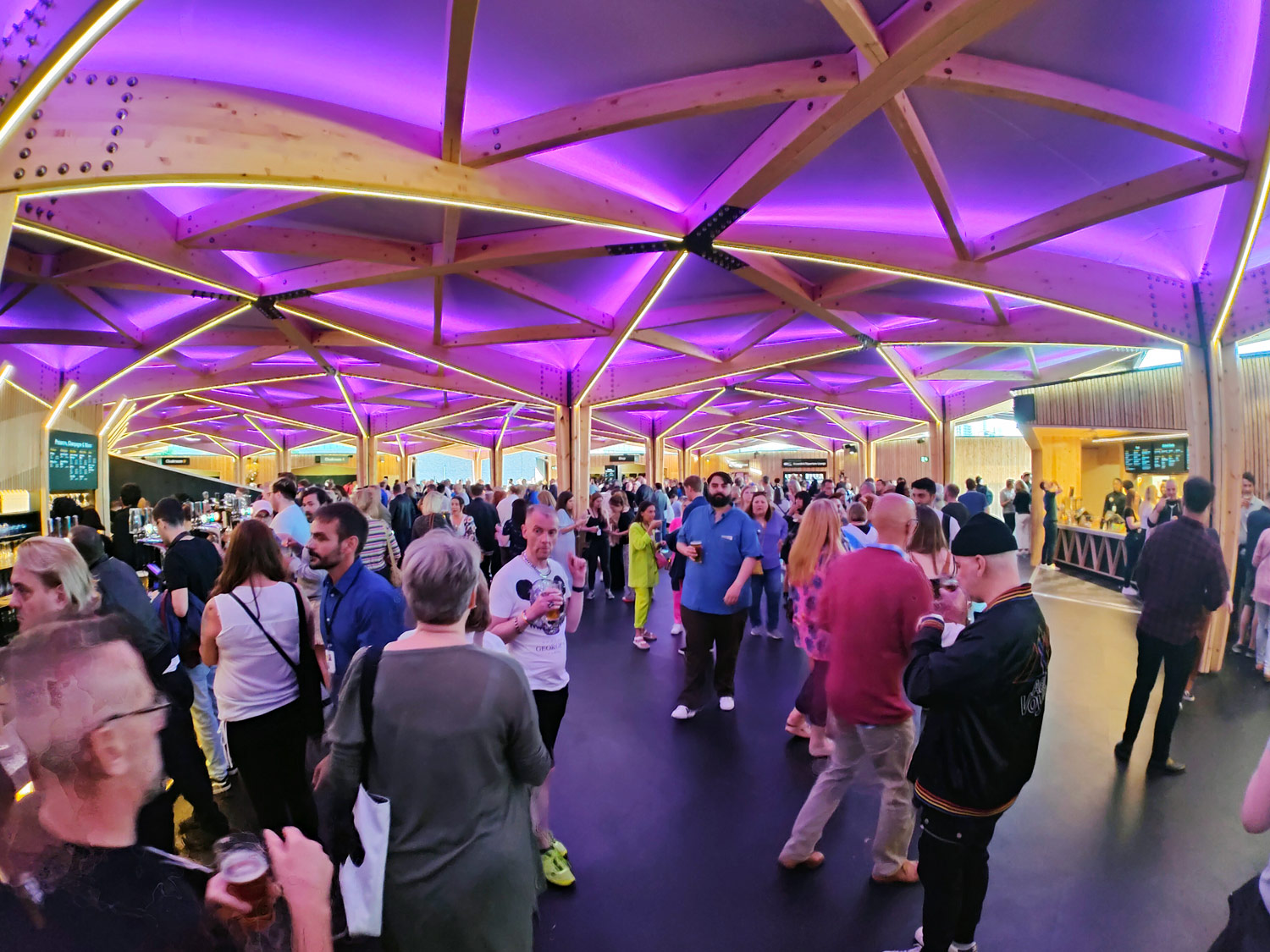
Beyond the specifics of the show, the whole wider experience is smooth and effortless. The ABBA Voyage arena is purpose built near Stratford in East London and is literally right next to Pudding Mill Lane station on the Docklands Light Railway (DLR) train network. This is now a clean and modern area of regeneration (thanks to the ‘London 2012’ Olympic Games). I arrived at 7.15pm, half and hour before the show was due to begin and while there were plenty of people around, it was not rammed inside, the facilities were excellent and numerous enough that there was no queue for either bar or the toilets. So none of that hell of some famous concert venues where you are 15 deep waiting to buy a drink while the act plays your favourite song. These things matter more as you get older! The show also finishes early enough (9.30pm) that no one is going to be panicking about missing the last train home.
To summarise, ABBA Voyage is a journey you need to experience. The technology delivers wonderment and the show is a crowd-pleasing triumph. I was too young to see ABBA live in the 1970s, but weirdly I think this new show must be better than that because it delivers the same concert experience with an extra layer of pure magic.
“I think that might be the best thing I’ve ever seen” said a woman to me on the train as we chatted about the show afterwards. For once, the marketing hype – “a concert like no other” – is spot on.
ABBA Voyage is currently booking until next year. Tickets are available here.
ABBA Voyage setlist
- The Visitors
- Hole In Your Soul
- SOS
- Knowing Me, Knowing You
- Chiquitita
- Fernando
- Mamma Mia
- Does Your Mother Know?
- Eagle
- Lay All Your Love On Me
- Summer Night City
- Gimme! Gimme! Gimme! (A Man After Midnight)
- Voulez-Vous
- When All Is Said And Done
- Don’t Shut Me Down
- I Still Have Faith In You
- Waterloo
- Thank You For The Music
- Dancing Queen
- The Winner Takes It All

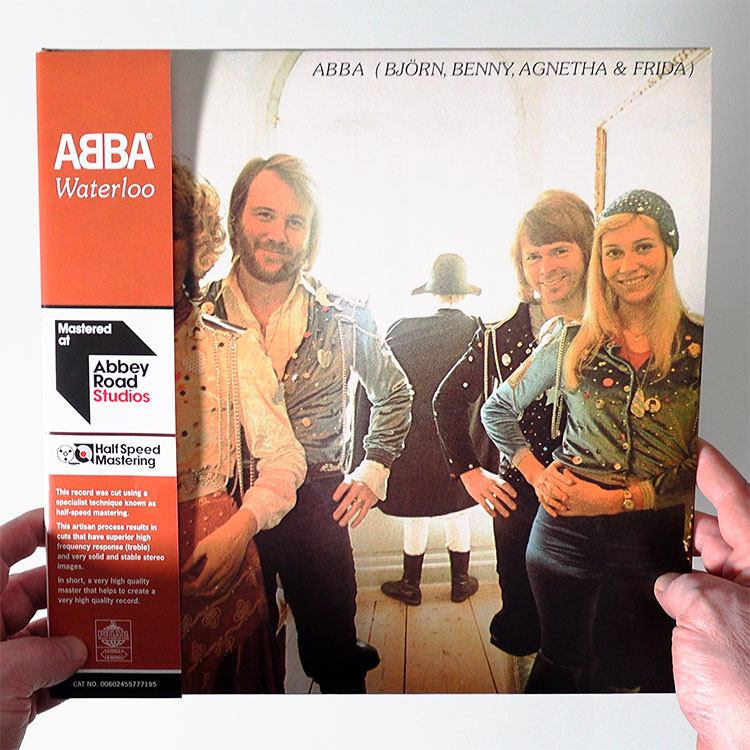
 SDEtv
SDEtv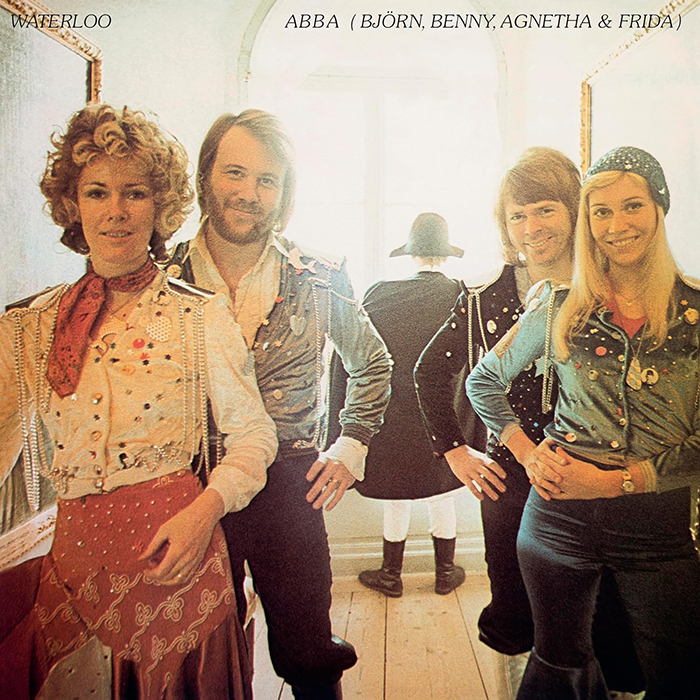
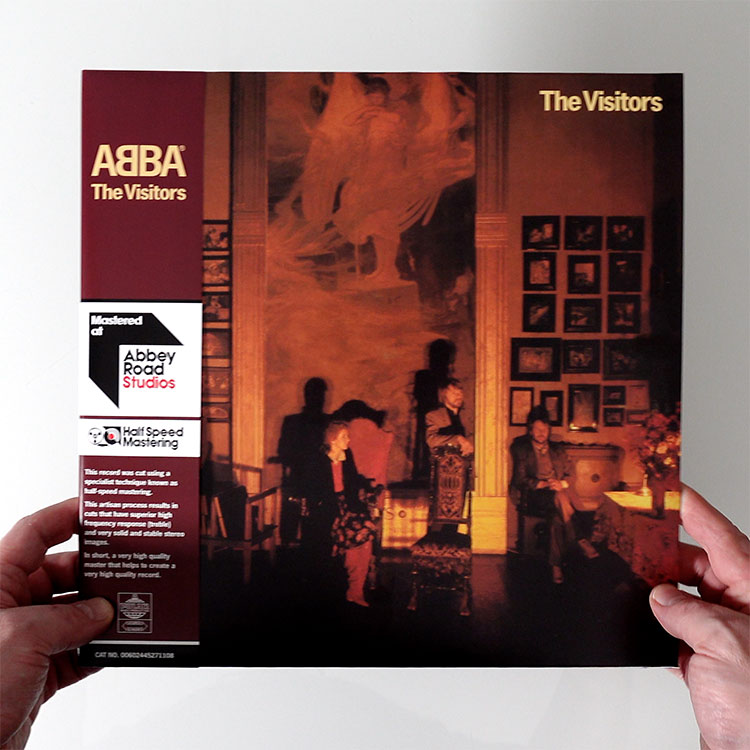
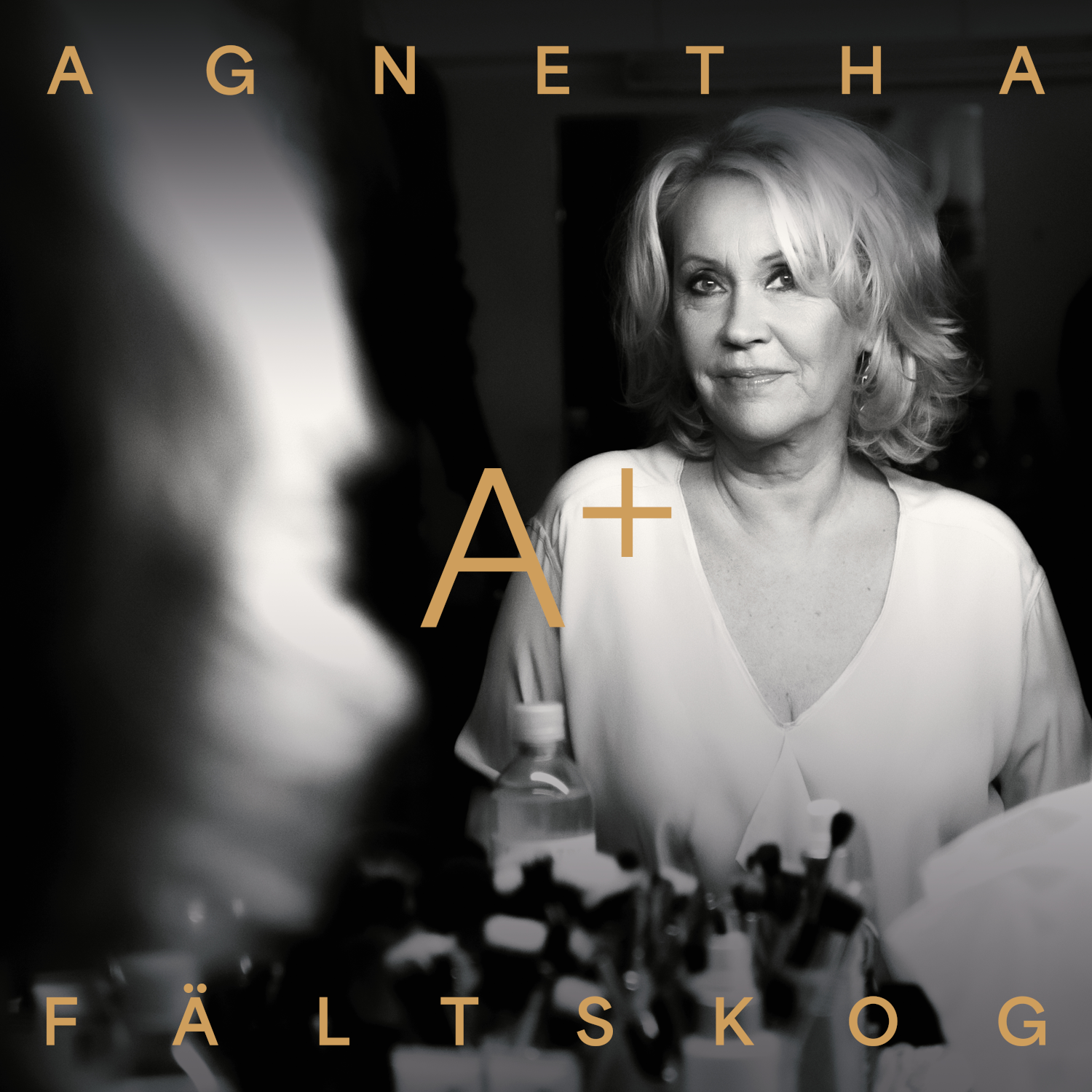
By Paul Sinclair
136